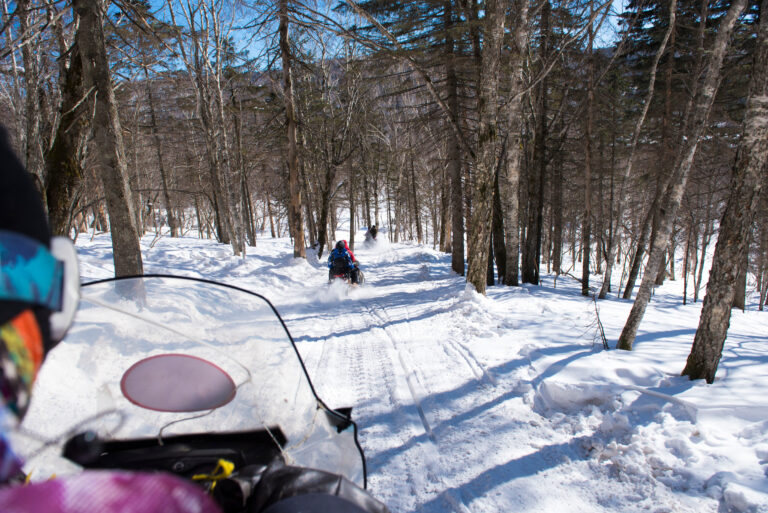- Keep your dog on a leash to avoid conflicts with other trail users, pets, and wildlife.
- Keep vaccinations current, and ensure your dog has the one for preventing Leptospirosis, a bacterial disease acquired from contaminated soil and water.
- Carry a first-aid kit with dog-specific supplies. Assemble your own using lists available online from Humane Society or AVMA, or purchase an Adventure Medical Kit’s “Adventure Dog Series” supply bag.
- Be aware of terrain hazards, like jagged rocks, to prevent paw injuries.
- Prevent pets from eating poisonous plants. Toxic flora in the Northwest region include tansy weeds, foxglove, larkspur, bracken fern, stinging nettles, and poison ivy. See Oregonvma.org for a complete list.
- Apply dog tick repellant; inspect after hiking.
- Attach a bell to a dog’s collar to alert and deter wildlife, such as bears, coyotes, and other large carnivores. Watch out for snakes.
- Pack enough water. According to REI’s online expert advice resource (REI.com/learn), “If the nose is dry, then you’re under-hydrating your dog.” For dogs weighing 20 pounds or less, plan for about 1.5 ounces per pound per day; large dogs actually need less—0.5-1.0 ounces of water per pound, per day. Use a water-purification system for drinking water from rivers or lakes.
- For a dog new to hiking (and not being carried), begin with one-hour treks, and increase according to its energy level. “If you’re a weekend warrior [type of hiker], it’s not fair to put that burden on your dog,” says Amy Barker, owner of Prairie Dog Pet Mercantile. “If their pads haven’t calloused, they can be injured,” she says, which is also why a slow approach is best. //
[Feature photo by Megan Ferney.]













